#noctuidae family
Photo

Lily Moth - Roos Holleman
Dutch , b. 1989 -
Piëzografie on 310 grs Hahnemühle German etching paper , 48 x 33 cm. Ed.33
#Roos Holleman#dutch artist#insect painting#lily moth#noctuidae family#lily caterpillar#Indian lily moth
13K notes
·
View notes
Text
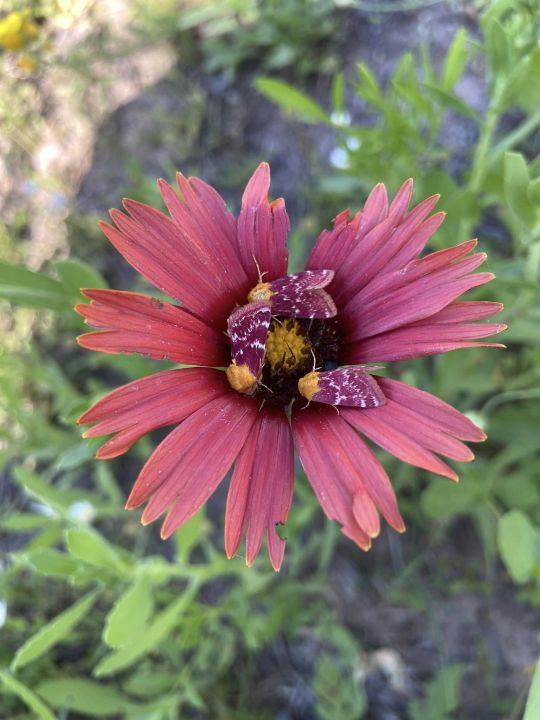
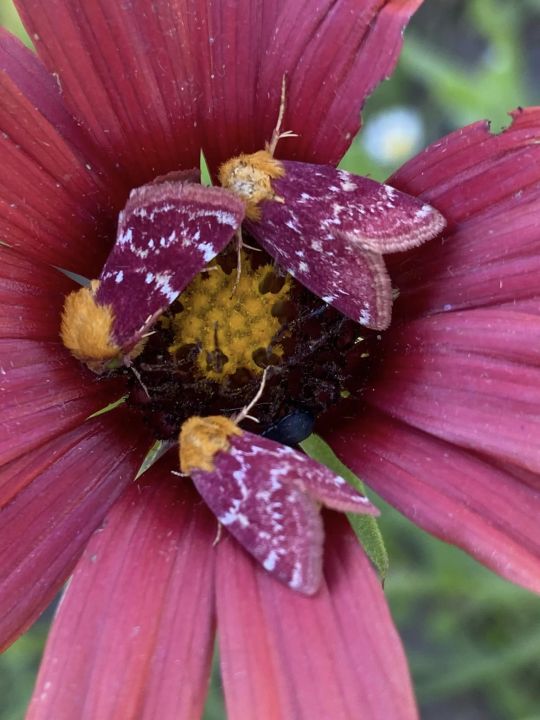
Painted Schinia Moths (Schinia volupia) feeding on Indian Blanket, family Noctuidae, East TX, USA
photographs by Craig Furr
4K notes
·
View notes
Text
Moth Of The Day #212
Lily Moth / Indian Lily Moth
Polytela gloriosae
From the noctuidae family. They have a wingspan of about 29 mm. They are found in Sri Lanka and possibly Indonesia.
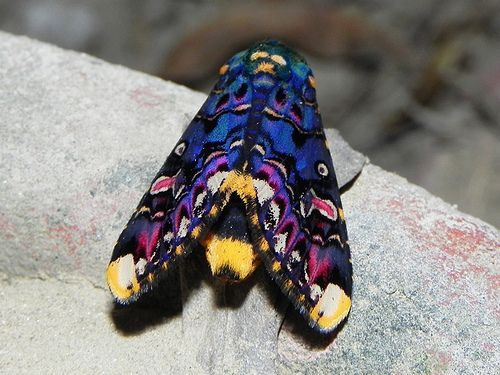
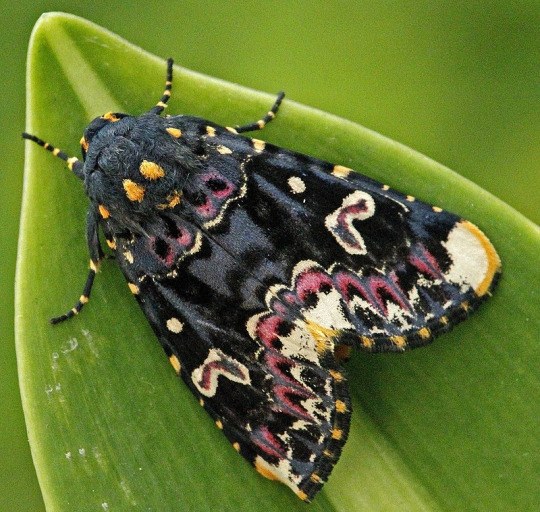
Image sources: [1] [2]
#moth#moths#lepidopterology#lepidoptera#nature#pretty moth#insect#bugs#moth of the day#motd#lepidoptery#entomology#bug#insects#invertebrates#noctuidae#noctuidae moth#lily moth#indian lily moth#lily caterpillar#polytela gloriosae
4K notes
·
View notes
Photo

Marian Ellis Rowan (1848-1922, Australian) ~ One hundred and fifty-eight medium- and small-sized moths, in seven columns. A wide range of families is represented, including the NOCTUIDAE, ARCTIIDAE, LASIOCAMPIDAE, LYMANTRIIDAE, GEOMETRIDAE, PYRALIDAE, SESIIDAE, etc.
Watercolour with bodycolour on green paper
[Source: Christie’s]
2K notes
·
View notes
Text
December 10th, 2023

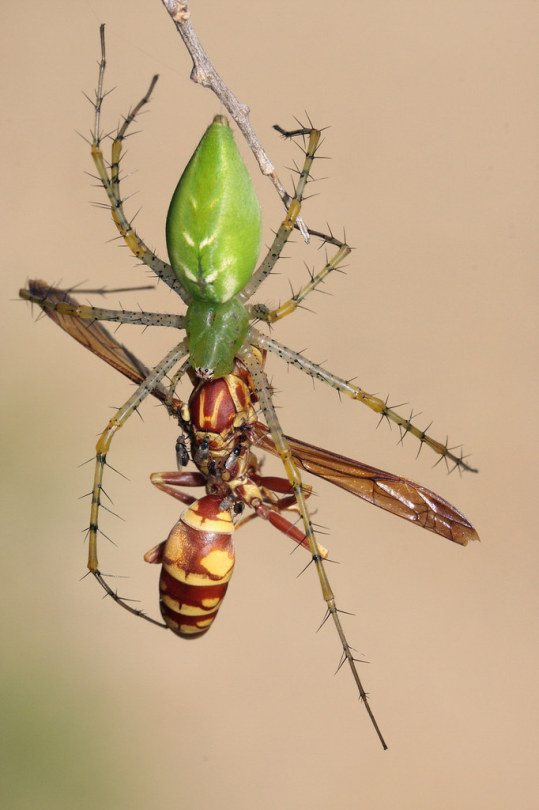
Green Lynx Spider (Peucetia viridans)
Distribution: Mainly found in the southern USA, Mexico, Central America, the West Indies and Venezuela.
Habitat: Most common on low shrubs and herbaceous plants; prefer open areas like fields, prairies, xeric scrub, yards and gardens.
Diet: Carnivorous generalists; feed on many crop pests, such as moths of the Noctuidae, Geometridae and Pyralidae families, but also on beneficial insects such as honeybees, wasps, syrphid flies and tachnid flies.
Description: The green lynx spider earned its common name due to the cat-like way it pounces on its prey. Unlike many other spider species, lynx spiders are active predators who hunt during the day. They usually sit on plants in order to blend in while hunting; in fact, females have been known to change colors to better match their background, a process that lasts around 16 days. Color changes also happen late in the season, where individuals will shift from a bright green to a pale yellow, likely due to the degradation of tetrapyrrole pigments in their blood.
After constructing her egg sac, the female guards it actively until her spiderlings are ready to emerge. She hangs from the sac and fiercely attacks anything that comes near, spitting venom at potential threats to distances of up to a foot. Despite being fairly common, lynx spiders rarely bite humans—their bite is however very painful (though not fatal), causing swelling that may last a few days.
(Images by Gerardo Aguilar Anzures and Eric Isley)
162 notes
·
View notes
Text
Moth of the Week
Antler Moth
Cerapteryx graminis
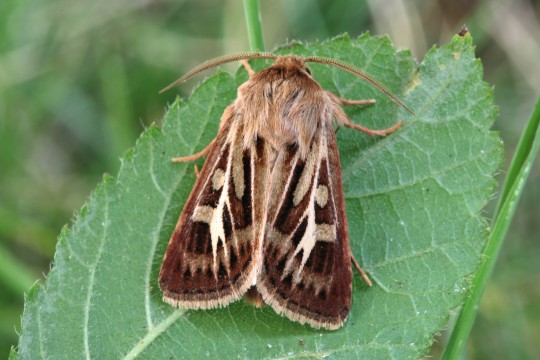
The antler moth is a part of the family Noctuidae. It was first described in 1758 by Carl Linnaeus. This moth gets its name from the antler shaped mark in its forewings.
Description This moth species has brown forewings, with a “basal streak” of white that branches out. This mark may vary in size per moth. The forewings show a mirrored pattern of the base brown broken up by the branches and a few spots and lines of lighter brown. The forewing also may or may not have black streaks. The hindwing is dark brown with a white fringe.
Males are smaller than females with fluffier antennae.
Male Wingspan: 27 - 32mm (≈1.06 - 1.26in)
Female Wingspan: 35 - 39mm (≈1.38 - 1.53in)
Diet and Habitat The larva of this species feeds on grasses such as Deschampsia, Sheep’s-fescue (Festuca ovina), Mat-grass (Nardus stricta) and Purple Moor-grass (Molinia caerulea). It has also been found on sedges and rushes. When the larva population is concentrated enough, they can damage pastures. Adults feed on flowers such as thistles and ragworts.
This species is common through most of Europe. It’s northernmost reach is Iceland and above the Arctic Circle. It’s easternmost reach is Siberia and North Mongolia. This moth does not occur in the dry southern regions of Europe. It has been introduced to North America. Additionally, this species inhabits the Alps. They prefer habitats of grassland, favouring acid upland pasture, moorland and downland.
Mating Adult moths are seen flying from July to September. They presumably mate in this time frame.
Predators This moth flies during the day, especially in the north, warm weather, and early mornings, and at night. They are presumably preyed on by both daytime and night time predators like birds and bats. They are attracted to light. To protect themselves during the day, this moth hides in the grass.
Fun Fact The antler moth rises to an altitude of 2100 meters in the Alps.
(Source: Wikipedia, Butterfly Conservation)
#libraryofmoths#animals#bugs#facts#insects#moth#lepidoptera#mothoftheweek#antler moth#Noctuidae#Cerapteryx graminis
199 notes
·
View notes
Note
Hii I have a lovely little guy I would like help identifying
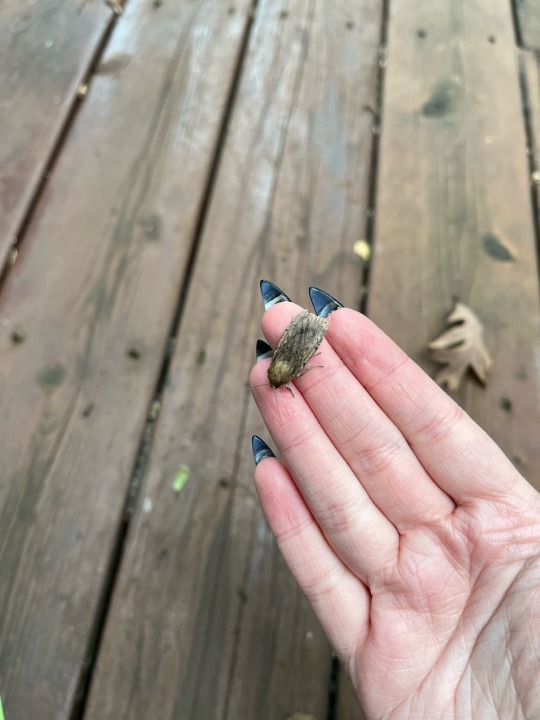
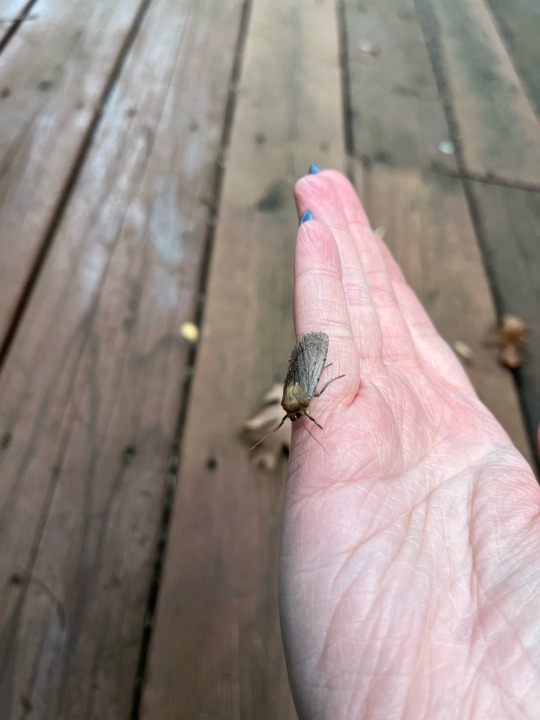
Found in Southeast Michigan on October 8th. He squished himself between my door and the wall so I took him outside :) it was hard to get a good picture because he was on the move but he did have a very cute little moth face
Very cute! Tragically there's not much to go on for an ID here, so all I can say is probably a moth in the family Noctuidae :)
75 notes
·
View notes
Text

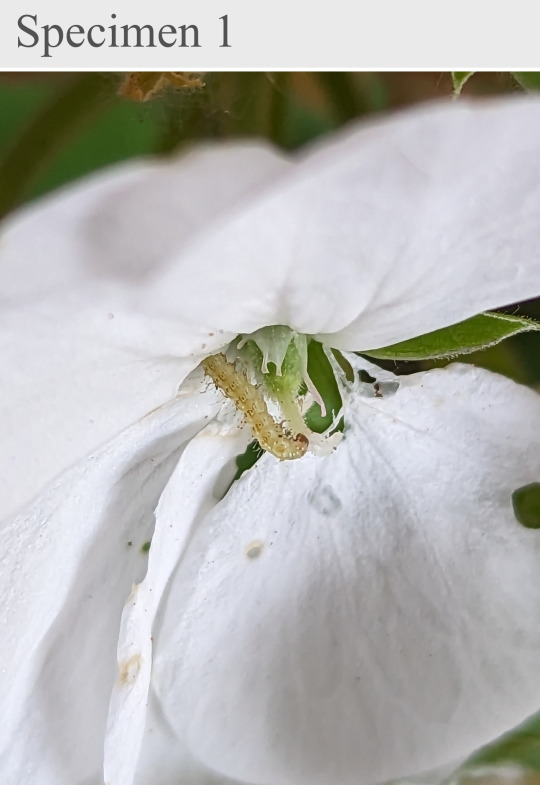
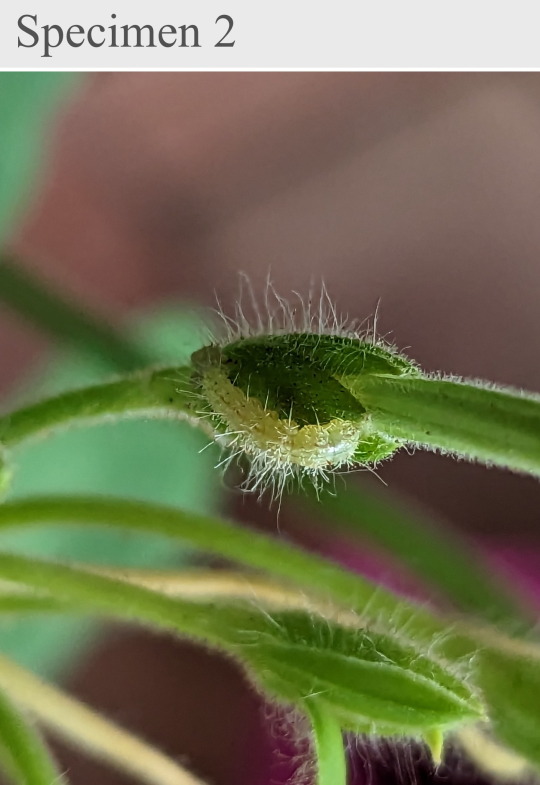

Caterpillars feeding in a Flower Garden
Unidentified, family Noctuidae
23/03/23 - NSW, Berrima
#invertebrates#invertblr#Arthropods#Arthropoda#bugs tw#insects#insect#insecta#insectblr#insects tw#bugs#bugblr#bug#entomology#Noctuidae#caterpillars#larvae#larval stage#noctuidae#noctuoidea#lepidoptera#lepidopterology
29 notes
·
View notes
Note
Hello! Saw this lovely moth while gardening today in western washington. Any ideas what it could be? I love its little heart spots <3
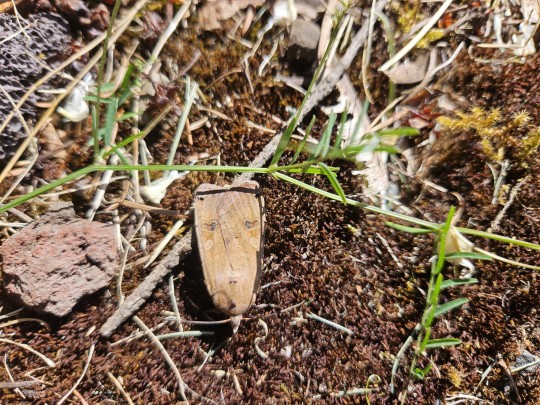

Thank you!
probably Noctua pronuba, but might be another Noctua in your area.
29 notes
·
View notes
Text


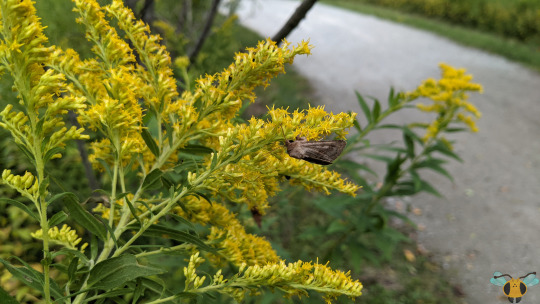
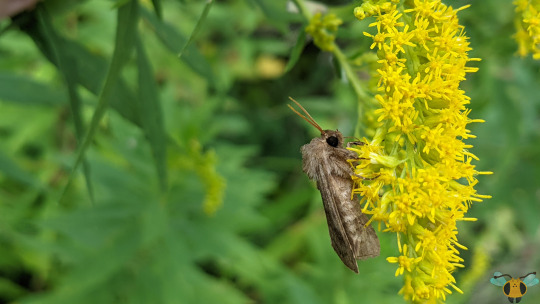



Bronzed Cutworm Moth - Nephelodes minians
I may be completely off base here given the sheer breadth and the number of species within the family Noctuidae (Owlet Moths), but from the images I've examined, this insect is the best match. If anyone has a suggestion for what else this Moth could be, I'll gladly consider them and will investigate (keep the range in mind for this individual which was found in Kleinburg, Ontario). In any case, Cutworms in Caterpillar form have earned a notorious reputation for their feeding which has reinforced their name. They tend to come out at night in search of plant-based food, and most notorious of them chew through plants at the lower stem, cutting them down (hence "Cutworm") to eat the leaves. Feeding behavior like this also subsequently destroys the plant, leaving the roots to pick up the pieces. Aside from toppling plants, other evidence may be left behind from Cutworm efforts including circular-shaped damage and frass. These cuttings can be very intense if multiple Caterpillars occupy the same area (which has also given them the name "armyworm") which can be particularly brutal if swarms find their way into crop production. For this specie, the Bronzed Cutworm can have a potential impact on crops as it has been reported to enjoy corn and cereals, but it seems to be handled through careful monitoring.
The Bronzed Cutworm more frequently seems to be associated with the consumption of grasses. As mentioned above, it will eat the blade from the bottom and slowly spread out until the grass in reach has been clipped. For nighttime detections, be wary for a large Caterpillar that appears as either mottled green or dark brown, with stripes parallel to the "spine" running along the body. It has an orange face with a black covering right behind the head. When threatened, it will likely ball up and shield its head, a key behavior in Cutworms. After having its fill, the adult will eventually emerge from a cocoon and resemble the individual seen in these pictures. That being said, this specie's wings have an incredibly variable appearance with several darker patterns displayed. Some many appear more mottled, some yellow, some pink, and others with a bronze sheen to their wings (but not iridescent). This individual's wings are more lighter/sandier by comparison. When examining the wings, look for a darkened "U-shape" section around a wing-spot. Flower nectar will become its preferred source of food now that mandibles have been swapped for a proboscis. While future damage may be a concern, the wilds here have plenty of grass for all (including very hungry Grasshoppers); the Caterpillars can eat their fill, but must be wary of the hunters that lurk in the grass (see this post for more info).
Pictures were taken on September 11, 2021 in Kleinburg with a Google Pixel 4.
#jonny’s insect catalogue#ontario insect#moth#bronzed cutworm#bronzed cutworm moth#owlet moth#lepidoptera#insect#kleinburg#2021#september2021#nature#entomology#invertebrates
6 notes
·
View notes
Text
MOTH ROUNDUP!
Superfamily Bombycoidea!
Thatcher Davis- Luna Moth (Actias Luna) Family Saturniidae
Ruth Weaver- Polyphemus Moth (Antheraea Polytheumus) Family Saturniidae
Adam Murray- Io Moth (Automeris Io) Family Saturniidae
N- Bog Buck Moth (Hemileuca Maia Menyanthevora) Family Saturniidae
Gabriel- Death’s Head Hawkmoth (Acherontia Lachesis) Family Sphingidae
Superfamily Noctuoidea!
The Intruder/Six- Black Rustic Moth (Aporophyla Nigra) Family Noctuidae
Mark Heathcliff- Hebrew Character Moth (Orthosia Gothica) Family Noctuidae
Sarah Heathcliff- Transparent Quaker Moth (Orthosia Transparens) Family Noctuidae
Evelin Miller- Beautiful Wood Nymph Moth (Eudryas Grata) Family Noctuidae
Dave Lee- Devil’s eye moth/Demon Eye (Erebus Ephesperis) Family Noctuidae
The Preacher- Clymeme Moth (Haploa Clymeme) Family Erebidae
Cesar Torres- Cinnabar Moth (Tyria Jacobaeae) Family Erebidae
Superfamily Zygaenoidea!
Jonah Marshall- Southern Flannel Moth (Megalopyge Opercularis) Family Megalopygidae
Mervin Marshall- Black-Waved Flannel Moth (Megalopyge Crispata) Family Megalopygidae
Superfamily Geometroidea!
Lynn Murray- Swallow-tailed Moth (Ourapteryx sambucaria) Family Geometridae
Verity Okawa- False Tiger Moth (Dysphania Militaris) Family Geometridae
Superfamily Pyraloidea!
Jude Murray- Greater Wax Moth (Galleria mellonella) Family Pyralidae
#tmc moth au#Mothdela Thatcher#Mothdela Ruth#Mothdela Adam#Mothdela N#Mothdela Gabriel#Mothdela Six#Mothdela Mark#Mothdela Sarah#Mothdela Evelin#Mothdela Dave#Mothdela Preacher#Mothdela Cesar#Mothdela Jonah#Mothdela Mervin#Mothdela Lynn
6 notes
·
View notes
Note
I searched this up just for you
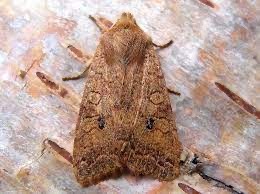
This is the Brick Moth or Agrochola circellaris, its’s a species of moth of the family Noctuidae. The species was first described by Johann Siegfried Hufnagel in 1766. It is distributed throughout most of Europe, Asia Minor and Armenia. This moth flies at night from August to October and will come to light but is more strongly attracted to some flowers and sugary foods.
Neat!
4 notes
·
View notes
Text

Deceptive Sallow Moth (Feralia deceptiva), family Noctuidae, Siskayou County, CA, USA
photograph by Glenn Fine
2K notes
·
View notes
Text
Moth Of The Day #153
Pink Star Moth
Derrima stellata
From the noctuidae family. They have a wingspan of 21-30 mm. They can be found from southern Maine to Florida, west to Missouri and Texas.


#moth#moths#lepidopterology#lepidoptera#pretty moth#nature#insect#bugs#moth of the day#motd#lepidoptery#entomology#bug#insects#bugblr#noctuidae#noctuidae moth#pink star moth
1K notes
·
View notes
Photo
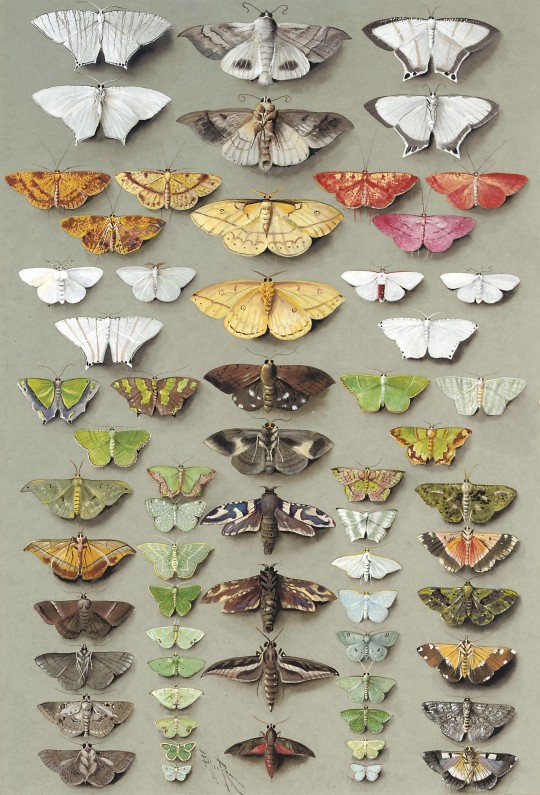
Marian Ellis Rowan (1848-1922, Australian) ~ Sixty-three moths, arranged in three or five irregular columns, with representatives of the family NOCTUIDAE (e.g. 14-17, 28,29, 32,33), GEOMETRIDAE (e.g. emerald moths, subfamily GEOMETRINAE, 9-11, 18-24, 46-50, 52-57; other geometrids include 1-5, 8, 38-45), a hook tip (family DREPANIDAE 12,13), two hawk moths (family SPHINGIDAE 36, 37), a goat moth (family COSSIDAE 34,35), and a pyralid (family PYRALIDAE 51)
Watercolour with bodycolour on grey paper
[Source: Christie’s]
187 notes
·
View notes
Text
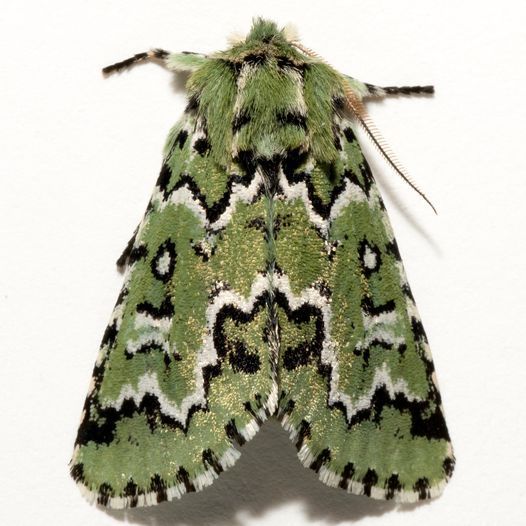
Deceptive Sallow Moth (Feralia deceptiva), family Noctuidae, Siskayou County, CA, USA photograph by Glenn Fine
0 notes